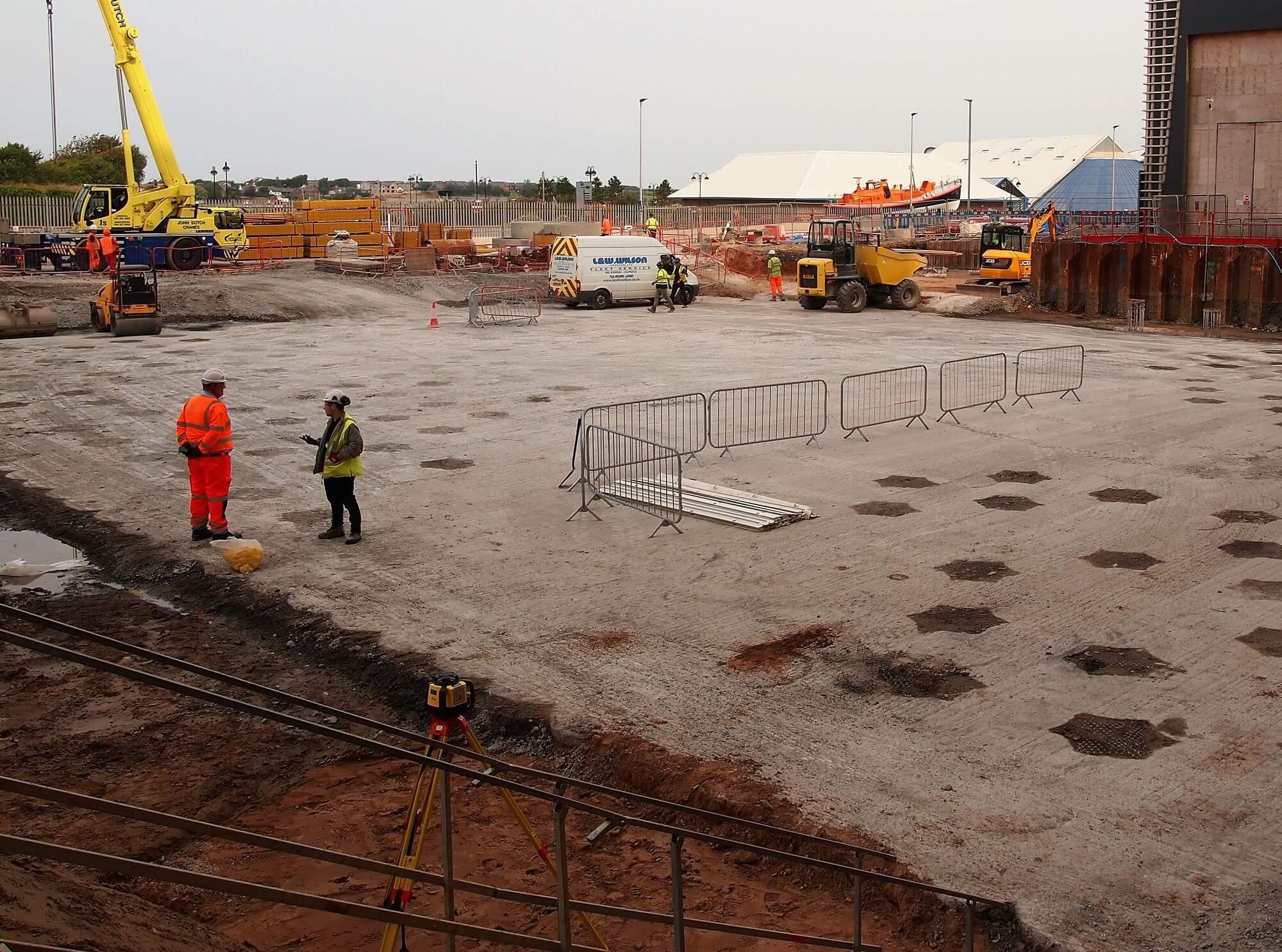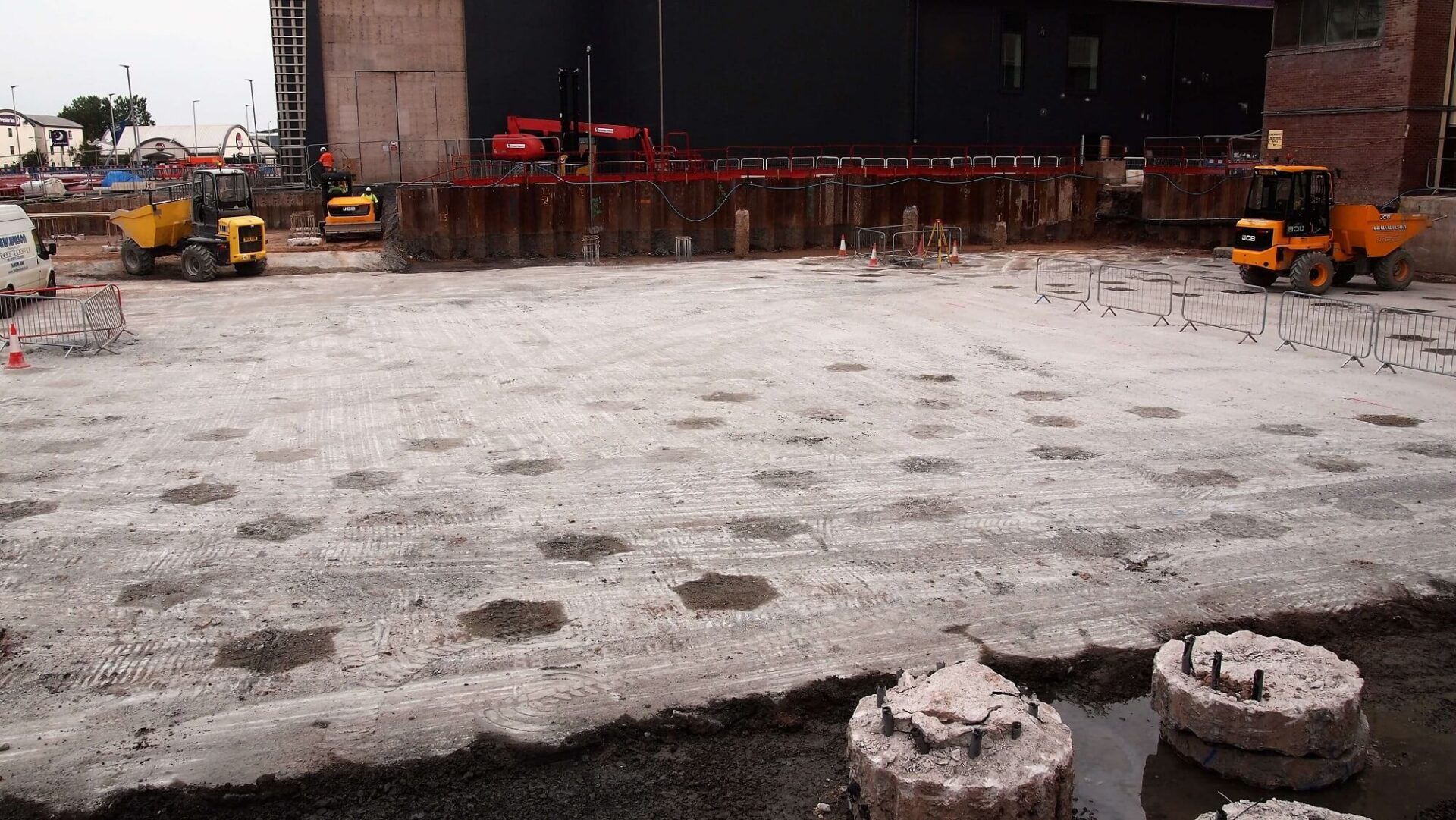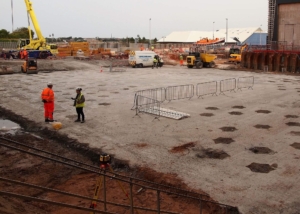PROJECT OVERVIEW
Bachy Soletanche recently delivered a project in the defence sector for Morgan Sindall, in the North of England. The overall project was to expand an existing building, by constructing an extension, which will be used as part of the wider manufacturing facilities.
HONEYCOMB DESIGN
The 40m x 30m site required a secant honeycomb grid to provide a ground improvement solution with a seismic design capacity. This is the largest value ground improvement project undertaken by Bachy Soletanche in the UK. The consulting engineer designed the scheme, which required validating during an early contractor phase.
The project team undertook an extensive period of offsite and onsite trials to establish the capacity of interlock between the piles and the settlement implications of the chosen piling techniques. This collaborative approach provided the team with the reassurance that once the project commenced on-site, the operations would be delivered in a time efficient manner.
PILING OPERATIONS
The secant honeycomb grid, formed from 1720 secant piles, with a diameter of 1000mm, were bored to depths of 3.5m, 11.2m and 13m. Three piling rigs were utilised during the project, a BG40 and BG46 in cased CFA mode and a LB24 piling rig in LDA mode. The rigs were selected on their ability to deliver fully cased CFA piles, flexibility to provide an efficient solution for the shorter piles, along with the capability to overcome any obstructions that were encountered.
The verticality of the piles was essential on this scheme, in order to achieve the interlocking design requirements. A variety of instrumentation and measuring tools were adopted to confirm positioning and verticality of the piles, these included PRAD, EDM Total Station and BIM.
The main works were delivered during an intensive seven-month period, which saw a strong focus on delivering the project on time.
To achieve this, the operational team worked 24-hours a day, seven days a week for the first three months. The Covid-19 pandemic led to a change in working practices with the team switching to a 12-hour shift, seven days a week. This approach ensured adequate and appropriate working conditions could be adhered to, following government guidance.
The geotechnical element of the project was completed towards the end of the summer and the area handed over to the main contractor for the next phase of works to commence.






